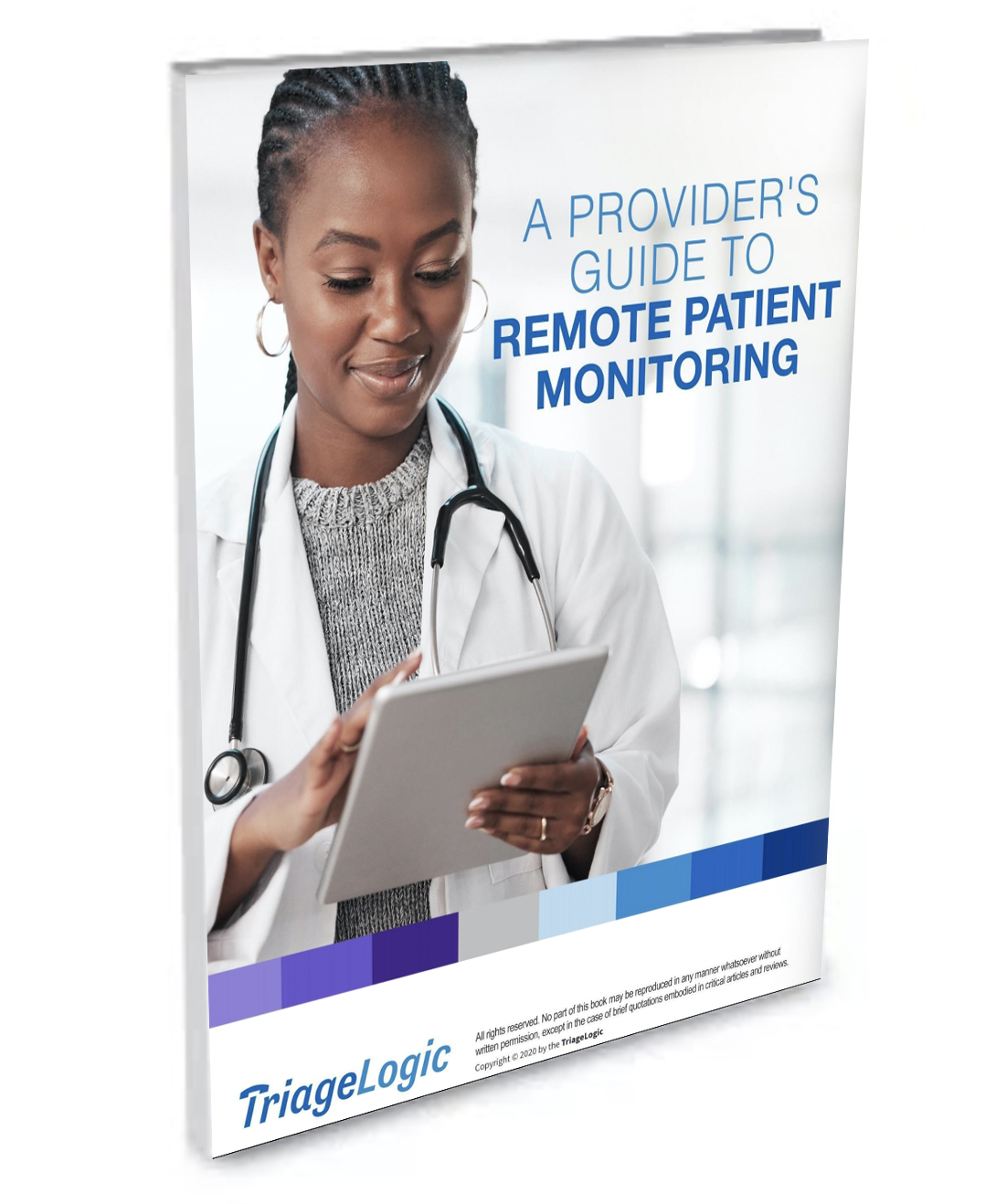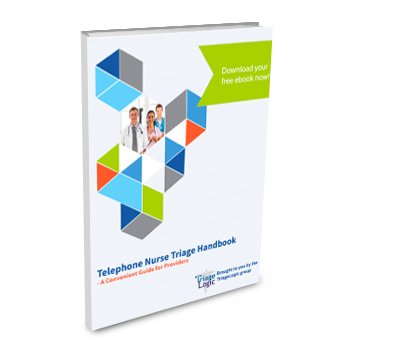Telehealth has transformed how many patients now access care, offering convenience and flexibility that traditional appointments may lack. But there’s one question that tends to come up often during policy and financial debates: does telehealth reduce healthcare costs — or is it ultimately more expensive to maintain?
Critics of telehealth argue that easier access leads to higher utilization and expenses, while advocates believe virtual care is a long-term solution to rising medical needs — especially when it comes to preventive services and chronic disease management. Let’s explore both perspectives, and why we here at TriageLogic are a big proponent for the future of virtual care.
Concerns About Telehealth
Here are the reasons that are often given by critics who think that telehealth will lead to higher costs.
- Increased access will encourage overuse. When able to connect quickly with their providers, patients may seek care for minor or nonurgent issues that previously would have resolved on their own.
- Reimbursement parity. In many states, virtual visits are reimbursed at the same rate as in-person ones, which some argue is paying the same for less effective service.
- Telehealth will prompt more visits. By extension of the reason above, if a telehealth visit cannot fully resolve an issue, it will lead to an in-person follow-up and increase total service use.
- Infrastructure costs are too high. Developing, maintaining, and securing HIPAA-compliant platforms can be costly, especially for smaller practices.
- Telehealth increases the chances for fraud. With cybersecurity still a concern for many hospital networks, the idea of using telehealth is seen as another risk.
- Care can become fragmented. Without proper EHR integration, virtual care can create siloed data, making care coordination more difficult.
Counterarguments in Favor of Telehealth
Supporters of telehealth believe these concerns overlook important benefits and understate the long-term cost-effectiveness of virtual care. Here’s what they have to say.
- Telehealth prevents expensive emergencies. By offering earlier access to care, virtual visits can prevent unnecessary trips to the ER and hospitalizations.
- Patients know where to go. Virtual triage tools and nurse triage services can direct patients to the most appropriate levels of care, reducing inappropriate use of high-cost services.
- Telehealth promotes value-based care. As more payers adopt outcome-based reimbursement models, telehealth aligns well with metrics for efficiency and patient satisfaction.
- It helps practices optimize their time. Virtual care reduces the need for physical space, minimizing no-shows and allowing for more flexible scheduling.
- Telehealth technology has come a long way. Cloud-based platforms and remote monitoring tools have reduced costs, improved diagnostic capabilities, and anticipated cyber threats.
- Systems offer stronger interoperability. Newer telehealth systems can integrate with EHRs to support holistic, coordinated care.
Side-by-Side Comparison
Below is a summary of the key points we’ve just covered.
Concerns | Counterarguments |
Higher utilization leads to more spending | Early intervention reduces costly ER visits and hospitalizations |
Duplicate care from unresolved virtual visits | Triage and remote diagnostics reduce unnecessary in-person follow-ups |
Equal reimbursement as in-person visits | Value-based payment models align incentives with outcomes, not volume |
High platform and technology costs | Cloud solutions lower IT burden and scale more affordably over time |
Risk of fraud and abuse | Stronger oversight, audits, and patient verification reduce fraud risk |
Fragmented patient data | Integrated telehealth systems improve care coordination and recordkeeping |
How TriageLogic Supports Cost-Effective Telehealth
We believe the key to reducing costs lies in clinical guidance and appropriate care navigation, which is why we offer telephone nurse triage as a foundational part of virtual care strategies.
Our Nurse Triage On Call solution uses Schmitt-Thompson protocols to assess patient symptoms, determine urgency, and guide those patients to the right levels of care — whether that’s self-care, a telehealth or in-person consultation, or a specialist referral. This reduces unnecessary utilization, supports better outcomes, and helps medical practices manage virtual demand more efficiently.
Our services are scalable, available 24/7, and designed to integrate with your existing systems to support long-term patient care and cost containment.
Let’s Talk About Telehealth
The debate around telehealth’s financial impact is far from settled, but what’s clear is this: the right implementation model matters. When virtual care is integrated with professional triage, smart technology, and coordinated systems, it can do more than provide access — it can lower costs and improve outcomes for patients and providers alike.
Contact us to learn more about our nurse telehealth services.
About TriageLogic
TriageLogic is a URAC-accredited, physician-led provider of top-quality nurse telehealth technology, remote patient monitoring, and medical call center solutions. Founded in 2006, the TriageLogic Group now serves more than 22,000 physicians and covers over 42 million lives nationwide.





